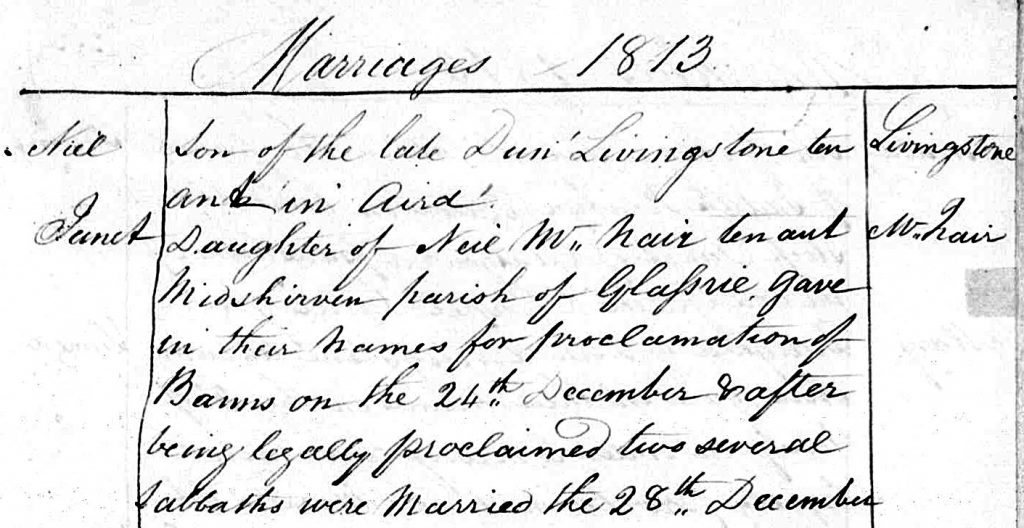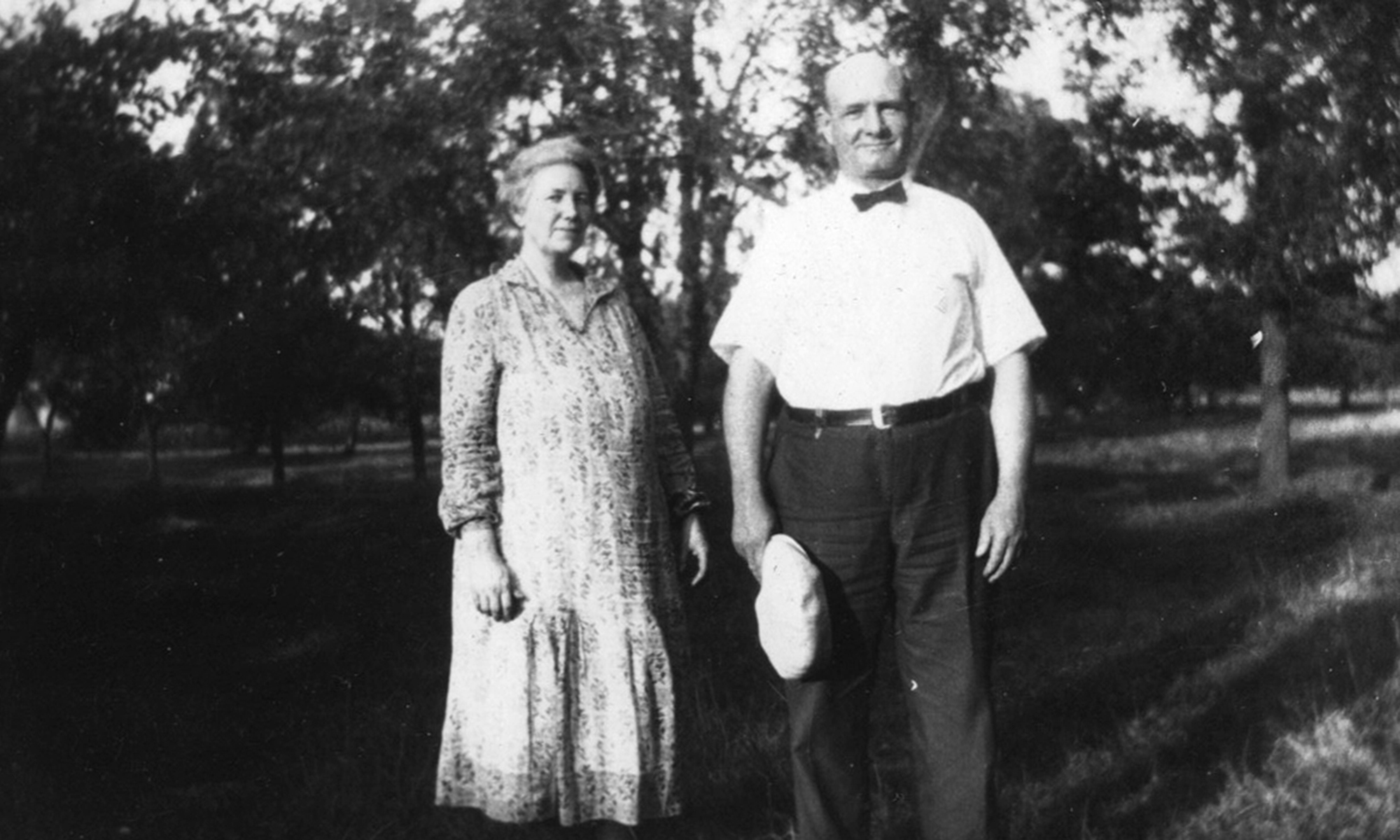A recent announcement by FamilySearch heralded a new era in research technology:
“FamilySearch … plans to discontinue its 80-year-old microfilm distribution service. The transition is the result of significant progress made in FamilySearch’s microfilm digitization efforts and the obsolescence of microfilm technology. … Online access to digital images of the world’s historic records allows FamilySearch to service more people around the globe, faster and more efficiently.”
I read the announcement with some trepidation. I’d researched our Scottish ancestors for a number of years using microfilm at the local Family History Center (FHC) and I wasn’t sure how the transition to digital imagery would impact that research.
It turns out the new technology is a quantum leap forward.
Microfilm wasn’t cheap to use, costing $7.50 per roll to borrow. And since our ancestors came from a number of parishes, there were several rolls involved. Once delivered to the local FHC, the rolls had to be threaded into microfilm viewers in a darkened room and the reels turned by hand to look at the pages sequentially. Copying down the information, or printing or photographing it, was time consuming. The copies were of poor quality. And the loans were for about a month, putting time constraints on the research.
With digital technology all those problems went away. There is no fee. You’re not confined to looking at only one parish at a time. It’s faster and easier to skip through the images. And the quality of downloaded images is superb compared to their analog predecessors.

Yes, you can still only find the parish records at a Family History Center. But all in all, it’s goodbye (and good riddance) to microfilm technology, and a welcome hello to digitization. In the near future I’ll post the family’s parish records to the DAEDALUS feature on our web site.
